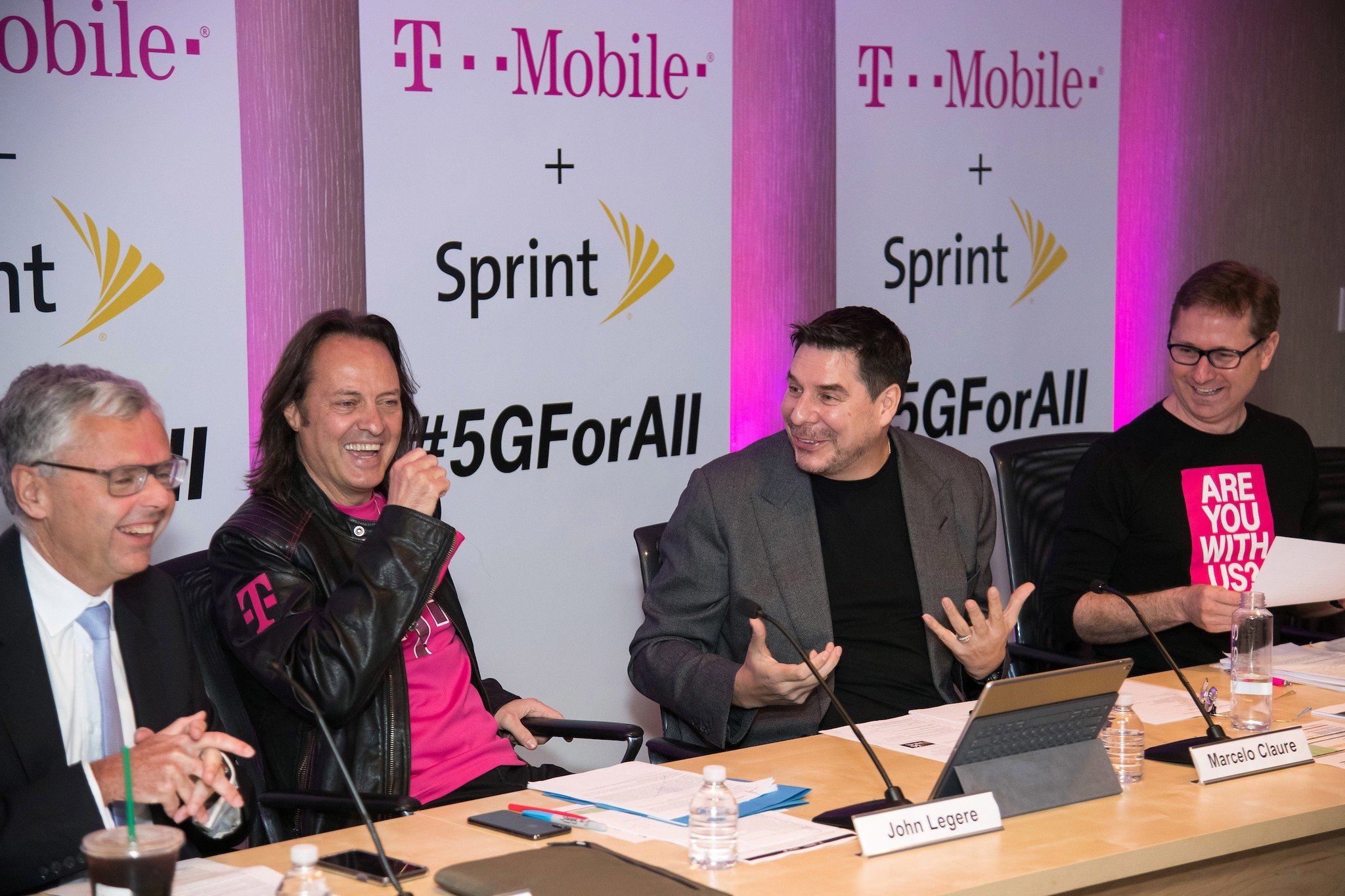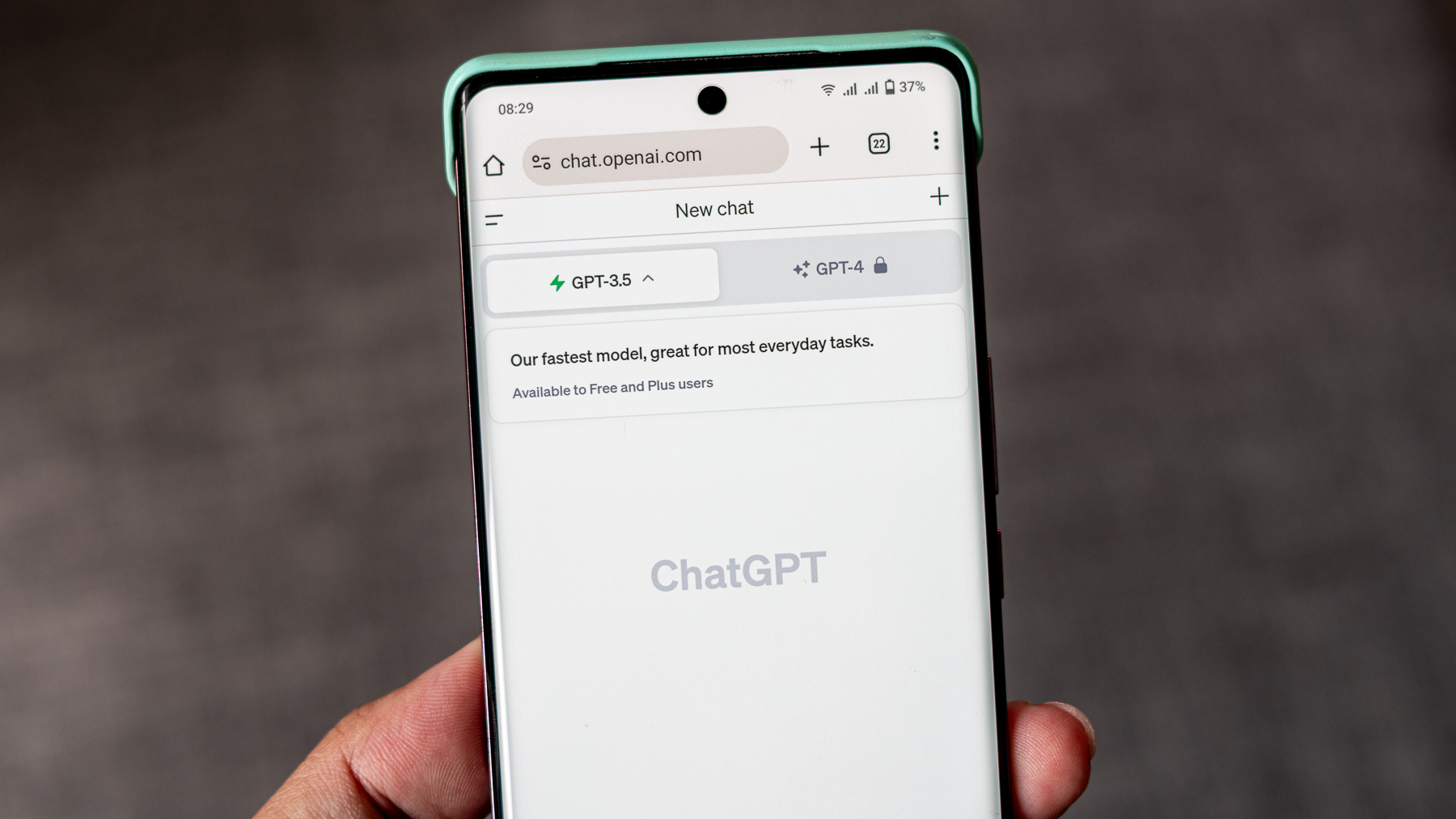T-Mobile will pay back $200 million Sprint took from taxpayers

What you need to know
- Before the T-Mobile merger, Sprint was claiming subsidies for approximately 885,000 Lifeline subscribers even though they were not using the service.
- Sprint sold Lifeline service under the Assurance Wireless brand to low-income households and received a $9.25 subsidy for most subscribers.
- Sprint was required to remove customers that weren't using the service after 30 days of inactivity due to the non-usage rule.
T-Mobile will need to pay $200 million to the U.S. treasury due to Lifeline rule violations by Sprint. An Enforcement Bureau investigation for the FCC found that Sprint was claiming subsidies for approximately 885,000 Lifeline subscribers even though they were not using the service. This move, prior to the merger with T-Mobile, was in violation of a non-usage rule which required Sprint to de-enroll subscribers that did not use their service in the past 30 days with a 15-day notice. This as well as other rules were put in place to prevent wasting taxpayer funds.
FCC Chairman Ajit Pai said in the announcement:
"Lifeline is key to our commitment to bringing digital opportunity to low-income Americans, and it is especially critical that we make the best use of taxpayer dollars for this vital program. I'm pleased that we were able to resolve this investigation in a manner that sends a strong message about the importance of complying with rules designed to prevent waste, fraud, and abuse in the Lifeline program.
Sprint's Lifeline service is not sold under the Sprint name though it is provided by Sprint and uses the Sprint network. These phones and lines are sold under the Assurance Wireless brand and are targeted at low-income households nationwide. Sprint received up to $9.25 per line in government subsidies.
The FCC developed the non-usage rules as well as others after it was discovered that companies were aggressively selling free Lifeline services knowing that they would be paid even if customers did not use their phones. Since customers had no bill, there was no incentive to cancel eh subscription.
Be an expert in 5 minutes
Get the latest news from Android Central, your trusted companion in the world of Android
When Samuel is not writing about networking or 5G at Android Central, he spends most of his time researching computer components and obsessing over what CPU goes into the ultimate Windows 98 computer. It's the Pentium 3.

